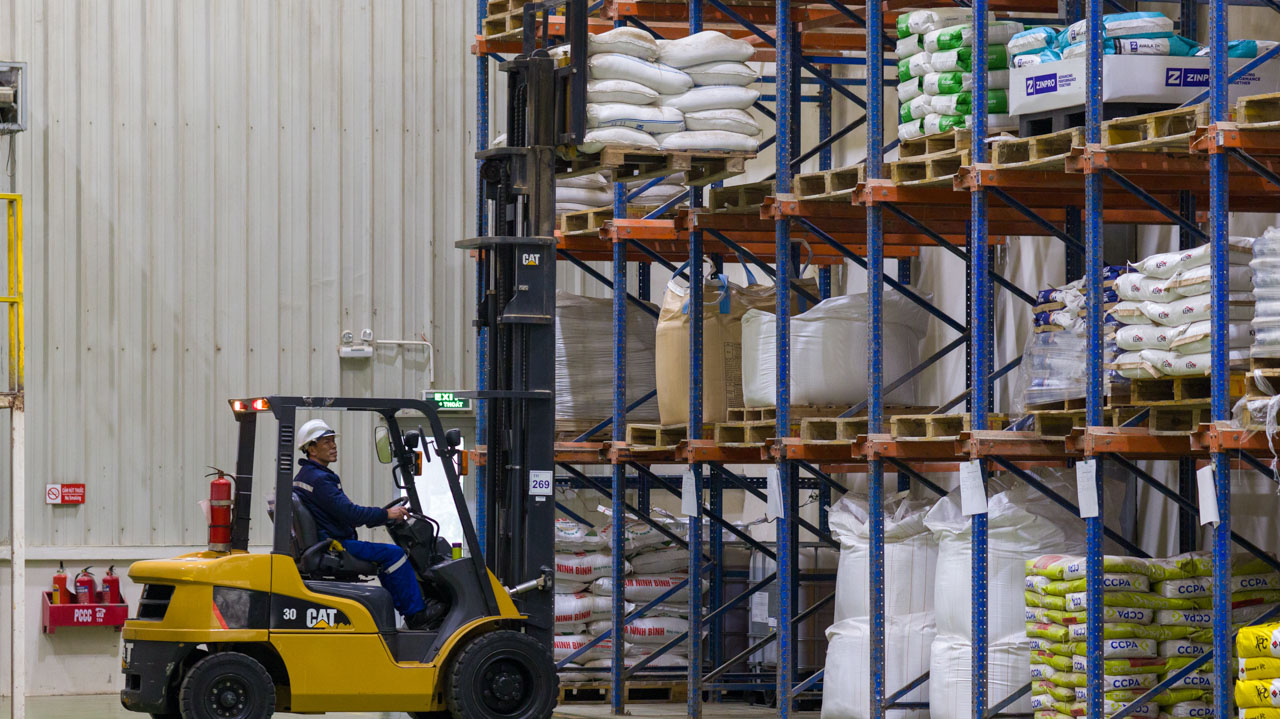HCMC – Vietnam’s manufacturing sector saw the sharpest fall in new export orders in over two years in June, as U.S. tariffs weighed on international demand, according to a survey released on July 1.
The S&P Global Vietnam Manufacturing Purchasing Managers’ Index (PMI) fell to 48.9 in June from 49.8 in May, marking the third consecutive month below the 50-point threshold and indicating that the manufacturing contraction was continuing.
The index showed a faster decline in new orders, with export demand weakening more severely than total new business. Export orders fell at a pace not seen since September 2021, matching the decline recorded in May 2023.
Several manufacturers cited new U.S. tariffs as the main reason behind the drop in export orders.
Weaker demand led firms to cut employment, purchasing activity, and inventory holdings. Employment fell for the ninth straight month, with the pace of decline faster than in May.
Despite lower new orders, manufacturing output increased slightly for the second month in a row. However, the rate of growth slowed.
Input costs rose marginally in June, ending a five-month period of falling output prices. The increase was linked to material shortages and the depreciation of the Vietnamese dong against the U.S. dollar. Supplier delivery times also lengthened due to poor weather and transportation delays.
Output prices rose for the first time in 2025, but the pace of inflation remained modest. Business confidence improved from April’s near four-year low, supported by expectations of market stability and easing trade tensions. However, sentiment remained below the long-term average.
“June saw a worsening of international demand conditions for Vietnamese manufacturers as the impact of tariffs intensified,” said Andrew Harker, economics director at S&P Global Market Intelligence.
He noted that while output increased, sustained growth would require a rebound in demand. The first half of 2025 has been marked by trade-related uncertainty, the report said.









